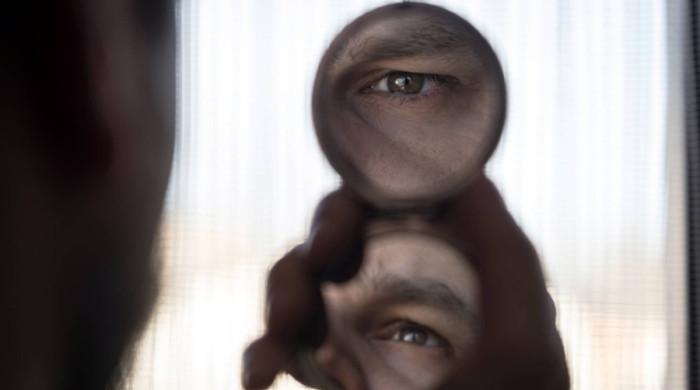What happens right before people die? Hospice nurse shares 4 chilling phenomena
While reason behind these occurrences is unknown, Julie McFadden says families need to be educated about them
March 19, 2024

Throughout history, numerous hsows have depicted the end of an individual's life, but have you ever wondered what it truly looks like when someone is about to die?
Julie McFadden, a Los Angeles-based hospice nurse, recently shared a list of "normal" things you may witness when visiting a loved one in hospice care, Daily Mail reported.
She says doctors "don’t know what’s causing these things, but we do know that they happen often enough that we have to really educate families about them".
Here are the four phenomena that happen right before one dies.
Visioning
McFadden explains that visioning means when a dying person would see a loved one who had already passed away or have conversations with them a few weeks before death.
McFadden claims that visioning is "the most common" phenomenon in the medical field.
She believes that visioning is a real phenomenon and that she is simply "educating about something that really does happen all of the time at the end of life."
Terminal acidity
According to McFadden, "terminal acidity", which is a short burst of energy before someone dies, happens in "about 30% of all of our patients" .
She said: "So, someone's very sick, burst of energy only for a couple days at most, and then they die."
Although the cause behind this phenomenon is unknown, it occurs frequently enough that visiting families are cautioned about the possible consequences.
The Death Reach
The death reach is precisely what it sounds like, which may surprise people who are witnessing it.
McFadden says that this is when someone reaches up "like they're seeing someone and grabbing someone or hugging someone" before passing away.
The Death Stare
McFadden explains that when a person 's life is about to end, their eyes are open but they are still lucid enough to stare off into the corner or part of the room.
She said: "Sometimes they're smiling when they're doing it. Sometimes they're talking to someone while they're doing it, and they will just not get out of that stare."
According to the nurse, the "death stare" is completely normal. She also said that, as a healthcare worker, she won't attempt to break the stare if her patient is comfortable and happy.











